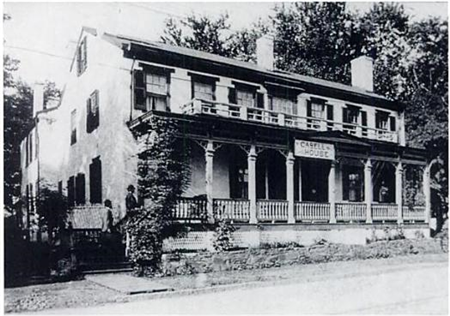If there’s any doubt that management skills are portable across industries, consider this: one of the most valuable organizational traits that carried the Obama team to victory in 2008 is one of the most valuable factors for success in product management. I’m talking about the ability to create a “drama free zone,” and the ability to do it convincingly can make or break you as a product manager. Here’s two real scenarios I’ve seen this week that underscore the point.
Scenario #1: “Where’s Feature A? We’ve been asking for it for a year? Why the hell haven’t we built it yet?”
You know this one. Someone’s pain point, which is perfectly valid, simmers along until one day it explodes. Only problem is that this is the first time anyone has mentioned Feature A in a long time, and certainly it didn’t come up in the last roadmap planning discussion.
Solution: The response can be heated–“why the hell didn’t you mention this six months ago?”–or it can be drama free. “Hey, I understand there’s a customer pain point here. Let’s look at the priorities we’ve got and understand where this fits in. Is this more important than our planned work in the next release? If so, that’s where it belongs. If not, then we all agree it can wait.”
There are three steps here: acknowledge, align, act. The first step is to acknowledge that the other person has valid reasons to be upset while shifting the discussion to the common interest–the customer–and introducing an objective measure, the priority. The key is focusing on the external, objective issue — the priority of the request — rather than getting into heated discussions. (Obviously it is easier to do this if you are using stack-ranked user requirements.)
Scenario #2: Suddenly four email threads pop out of nowhere regarding a longstanding customer pain point that has apparently reached crisis proportions for no particular reason. “Feature X is broken! We need to fix it!” goes up the cry. You, as the product manager, know that the apparent failure of Feature X is really a mishmash of legal and contractual issues coupled with a lack of Feature Y and Z. But management insists that the answer is to fix Feature X, and now four separate groups of people are trying to find things to fix in it (and generating long email threads).
Solution: The response should be comprehensive, quick, and above all drama free. It’s natural, as a product manager, to want to fly off the handle when there are so many people digging into an issue. But a quick, dispassionate, thorough response (“Here’s what we know, here’s what we’re going to do about it, and here’s what’s still unknown and our next steps to find out”) has benefits in that it acknowledges the problem, communicates that there are multiple issues, and lets the assembled parties know, to return to our Obama metaphor, “Everybody chill out: I got this.”
What are your favorite drama-free problem solutions? Conversely, are there cases where engaging in drama makes a positive difference in your work as a product manager?


